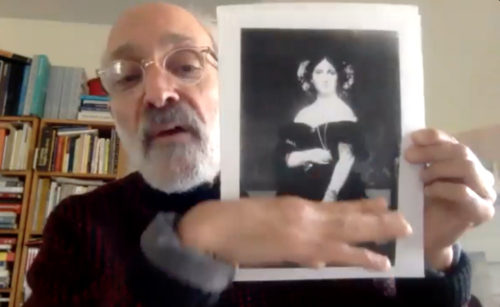
I recently asked Stuart Shils about how he was handling the pandemic with regard to teaching online, especially since many schools and programs have canceled their in-person workshops and classes. I’ve heard a variety of painter’s opinions ranging from how can you teach this way to not-as-bad as they thought it would be and even a few who have grown to like the experience. For many years Stuart Shils has taught his highly-regarded and sought-after workshops around the United States and abroad. I asked him if he could share his experience and thoughts here about his Zoom workshops. Stuart Shils recently launched a new website, reframingtheordinary.com/ where you can find more information about his upcoming Zoom workshops and more.
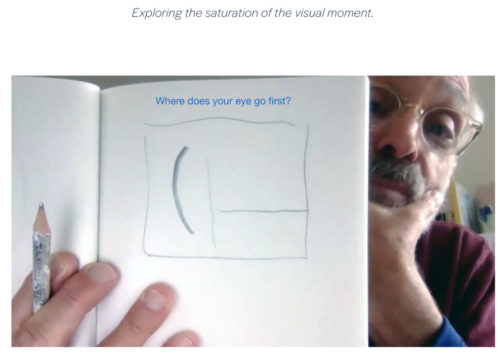
MAKING POSSIBILITY WITHIN A TIME OF (SEEMING) IMPOSSIBILITY
Guest Post by Stuart Shils
Before writing anything positive about living through the cyclonic nightmare that has engulfed us in America since March, I must say that I’ve been extremely lucky and thankful to have not encountered sickness or death among family or friends, to have not lost a job or a business and to have not been evicted from my apartment. Fortunately, I’ve been riding this out, savoring the privilege of going to the studio with metronome-like regularity, and pursuing possibility within my studio and teaching lives.
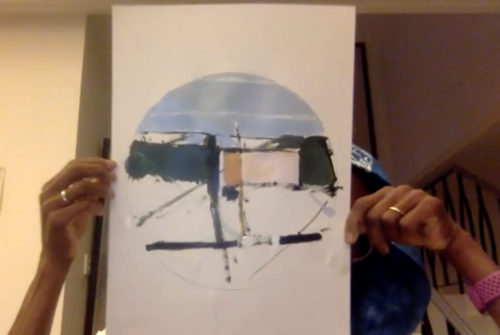
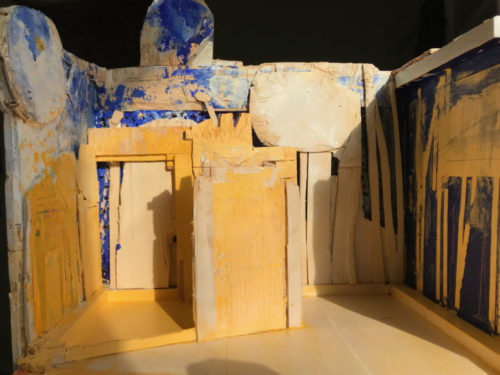
A common conversation with the students I work with at school has been about reframing our sense of purpose from learning how to make art per se, to cultivating and locating one’s own choreographic voice and improvisational imagination within the circumstances of the moment, beyond a need for preconceived destination. My ambition in the studio is to be curious about how I can use what I have and to ask the right questions about the work and its form, moving beyond expectations or ideas about right or wrong, and be open to possibilities that aren’t visible at first glance. This set me up to see the things that happened this year, so much uncertainty and so much limitation, with an imagination looking actively for an opportunity outside the borders of the comfort zone. In college a long time ago I learned from Lee Hall, my first art history teacher, that “we see the world in terms of who we are”, and perhaps what she meant was that what we see has everything to do with how we see.
As with many of us, one of the unknowns this year was having all my usual in-person classes canceled for the spring, summer, fall, and winter. At first, transferring them to Zoom seemed impossible and a little insane, because art and teaching are about presence and materiality. But as options became more and more limited, I was open to dipping a toe into Zoom teaching. First through going virtual with my usual Critic duties for advanced students at PAFA, and then in June with my first three-day class that would have normally been in person. Although there are obvious downsides to the virtual platform (not being able to see student’s work as in real life) there are advantages that I couldn’t have expected.
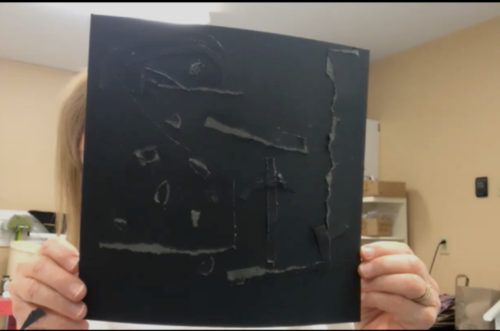
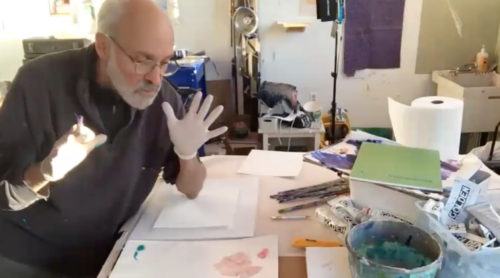
I quickly discovered that with twelve people on Zoom in guided and intimate seminar format, we could explore huge possibilities and shape a very rich experience, if we could proceed without expectations of what it was like before all this. The compression of being together on the screen with no other distractions and without having to walk from easel to easel opened up room for an intensely focused conversation.
One advantage of Zoom has been the ability to build a sense of community within the group that I never felt in quite the same way when working live. Since June I’ve been using 2 hours at the start of the first day for introductions, with each participant sharing about themselves and their studio/art/life path. On Zoom, somehow the process feels different, a slower focus that helps build a sense of intimacy within the group that gives the ongoing sessions a new depth. (Another huge benefit is time saved from not having to travel, money saved on usual airfare, meals, and staying in another town.)
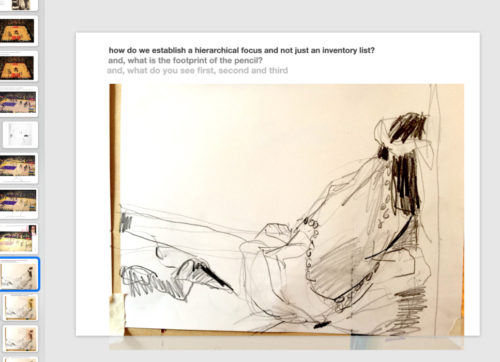
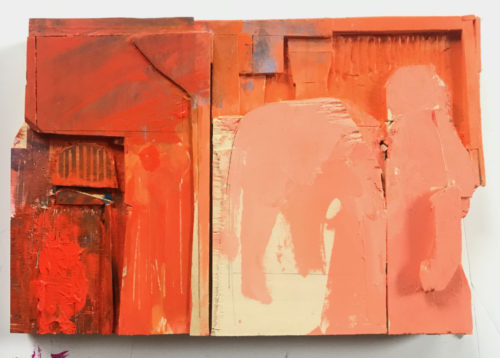
Some of the common concerns that come up are :
- I’m intimidated by drawing.
- How do I push beyond correctness?
- I’m stuck.
- I didn’t grow up thinking I was an artist.
- I can’t just paint my dreams in whatever way I want.
- I find myself covering up my impulses.
- I don’t want to go too far.
- How do we ‘think’ as painters?
- At some stage, something went wrong.
- Why is my color like mud?
- It’s all beginning to look the same.
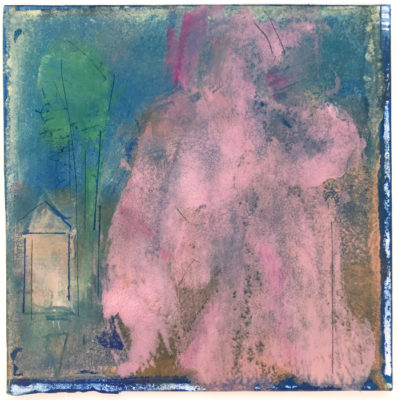
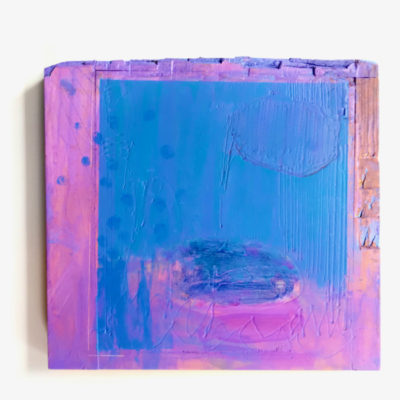
The sharing of stories and studio frustrations are nutrients that help each student, and myself to understand themselves better and to see that their issues are not unique. And also, within the time we have on Zoom I’ve been able to go into much greater depth and elaboration of the points I’m wanting to convey.
A very wise person said, ‘it’s what’s in your way that causes you to find another way’ and that is really where we are at right now. I can’t say that what you are getting on Zoom is the same as when live in field or studio, it’s something else, but it’s something good, and to my mind, this new path has proven itself, the classes and participants have been deep and energetic.
Since March, the interface of my studio life with teaching has been a glorious opportunity and I’m writing this on the first day of the New Year and remembering with a smile, what a student said a few weeks ago following up after the Reframing the Ordinary class:
‘little by little I’m beginning to see more’
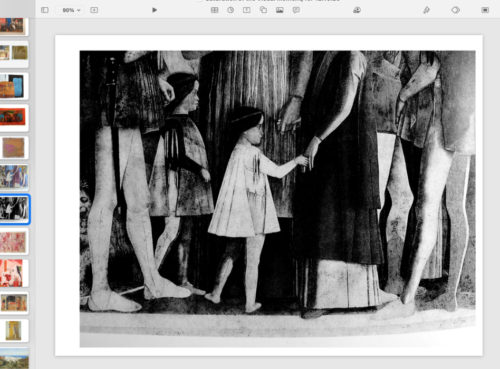





Stuart is a very articulate guy who’s words are pure gold to anyone interested in visual perception and making art. I did a workshop at PAFA with Stuart in 2009 and he was introduced by his friend, the painter Bill Scott who said “I’m going to just get out of the way so Stuart can talk, he’s really good at it!”. He was right. My point is that if you can see and hear Stuart, you’re going to have a bountiful experience. He’s passionate and very well prepared. In many ways, a Zoom course has distinct advantages because his presentations are very dense with information and references, having the ability to view a playback of class sessions will help the student take everything in.
I highly recommend doing a workshop with Stuart. He’s pretty special.
I enjoyed Stuart Shils’ conversation on the new wave of Zoom classes. I was keen to hear his opinion as I have been investigating the same platform, but thought it would be too great an adaptive learning curve. I am encouraged by his views. My career was thriving as an artist who has taught for the last 20 years, but it’s all dried up since the pandemic. The upside is that my painting practice has kept me sane and focused, but sales are slow and shows cancelled.
It’s up to me to reinvent my attitude towards online teaching and learn how to best deliver my classes. Thank you!